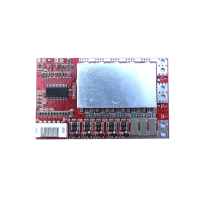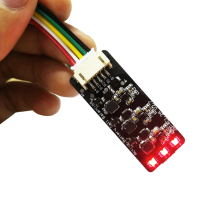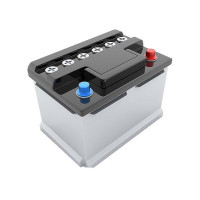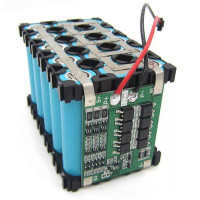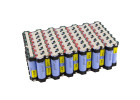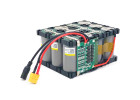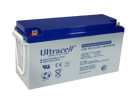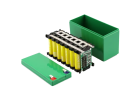
Rechargeable batteries are devices that store electrical energy in chemical form and can be used to power various devices such as mobile phones, laptops, power tools, electric vehicles and other devices. They can be made from various types of chemical elements, such as lithium-ion, nickel-cadmium, lead-acid, and others.
Battery assemblies are components that include several battery cells connected to each other in a certain sequence and in parallel in order to obtain the required level of voltage and capacity. They can be used to create more powerful and reliable power supplies for industrial applications, electric vehicles, solar panels, etc.
